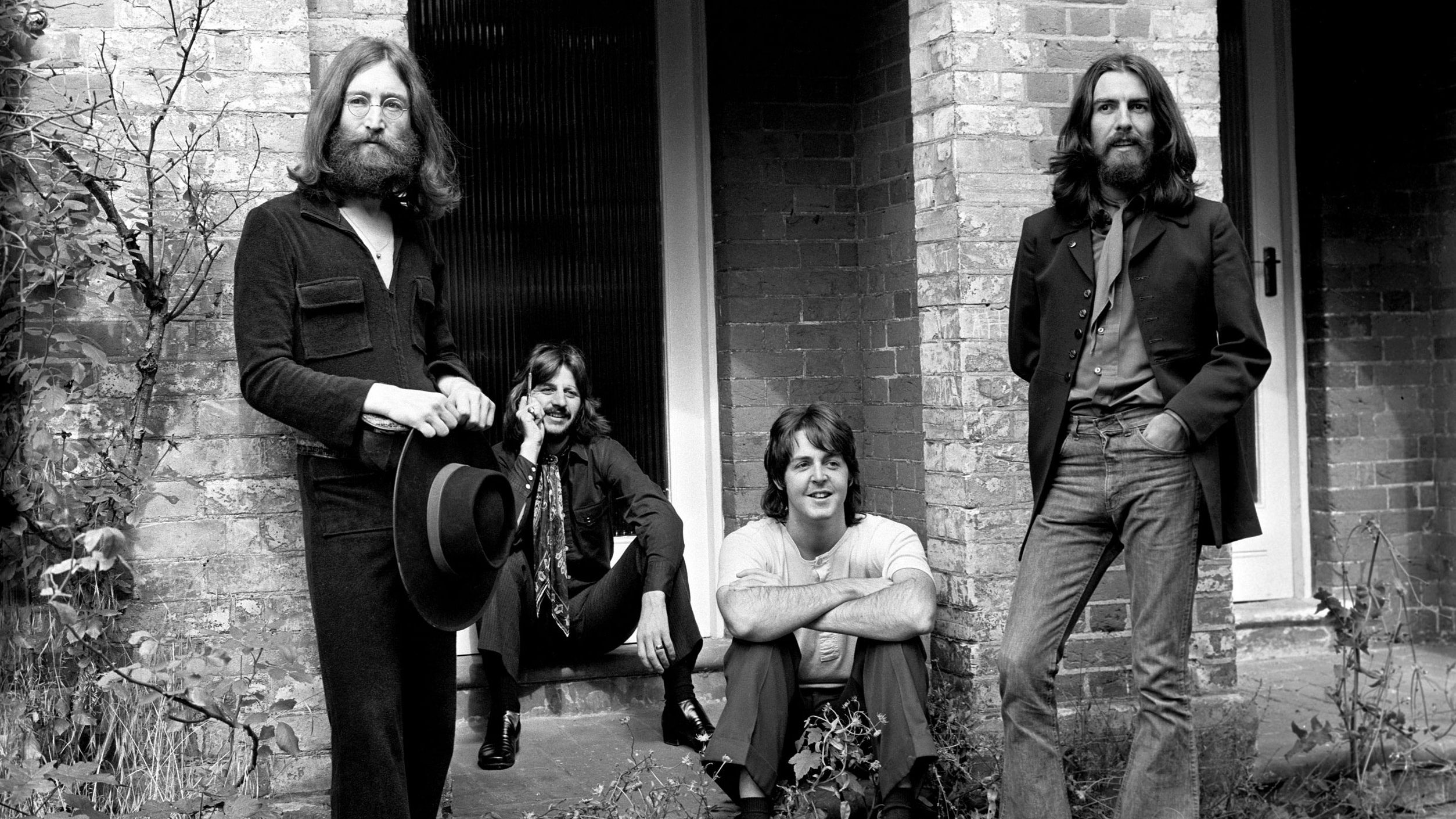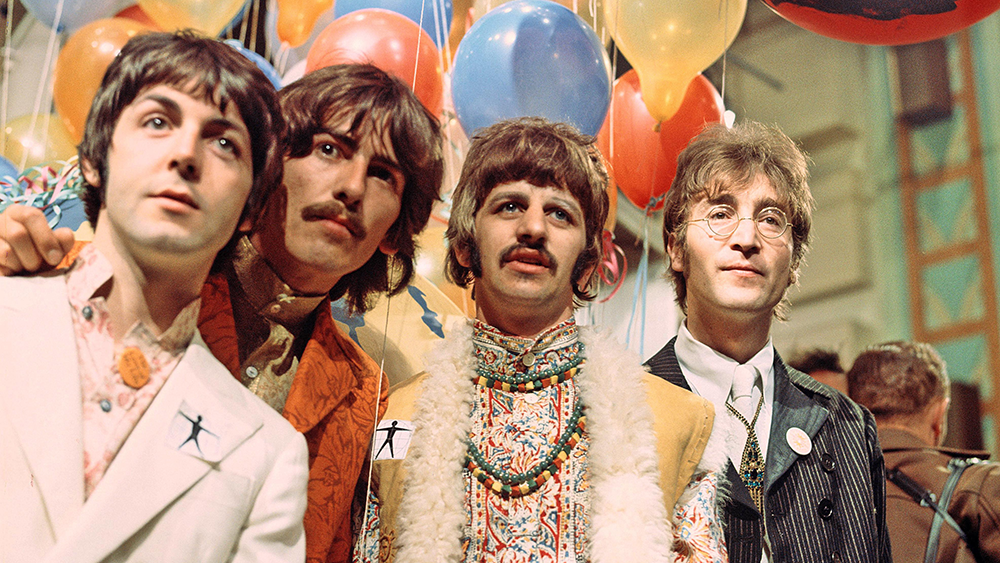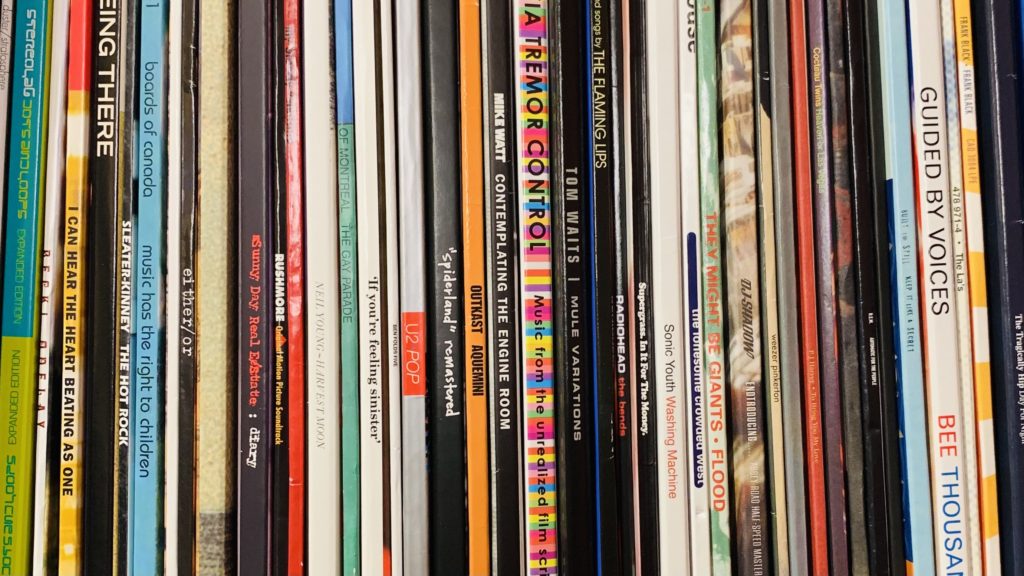
What kind of self-respecting website would Strange Currencies be if we didn’t take an incredibly complex decade of music, and reduce it to a ranked list? The centerpiece of our celebration of the 1990s, this collaborative effort between our staff began as an attempt to create a comprehensive list of the decade’s most essential albums. However, as a long list of contenders was whittled down, the realization set in that even a list of one hundred records was bound to leave off a number of our own personal favorites. The resulting list attempts to reconcile our own idiosyncratic tastes with a nineties “canon” that the music press has worked to solidify, even before the decade had drawn to its Y2K-frenzied conclusion.
For the bulk of our contributors – born between the late-seventies and early-eighties – the nineties are a particularly personal decade, one that ushered us from childhood to adulthood. Though our slight variances in age may mean that our own idealizations of the decade differ – my personal sweet spot lands within the years 1994-1997 – the vast majority of the records on this list are ones that resonate for us as a whole. With that said, this four-part article will be followed up with a postscript that allows our individual contributors to point out what they feel their colleagues got wrong. Consider it our “honorable mentions,” or perhaps more accurately, our “ongoing arguments.” Enjoy. –MR
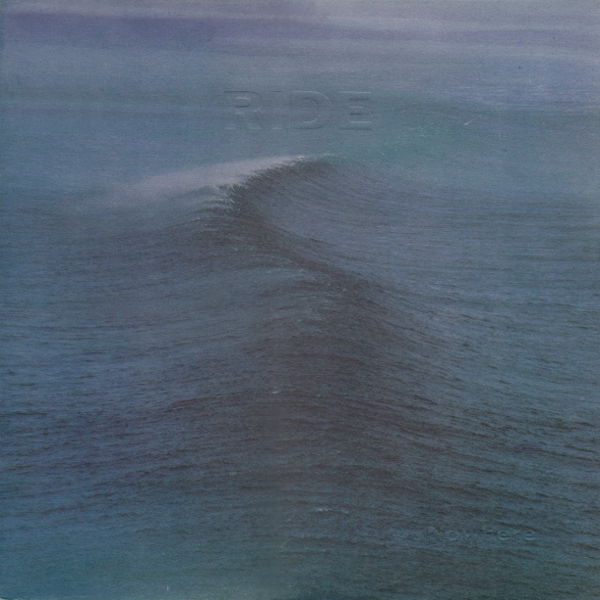
50
Few albums have ever married a sound and cover image together as perfectly as Ride’s 1990 debut, Nowhere. The giant wave emerging from an otherwise tranquil sea serves as a perfect metaphor for the engulfing sounds contained within: surging, thrashing, and even violent, but simultaneously, mystifyingly beautiful. From a cadre of bands to whom critics would affix the label “shoegaze,” Ride stood among the tallest. The genre tag was an attempt – and a derisive one at that – to give a sense of collectivism to a loosely-connected group of artists, rather than a stab at a stylistic signifier. How could one describe these sounds, anyhow? Why would one need to, when you could just hear them instead; and, in the case of Nowhere‘s cover, see them as well. –MR
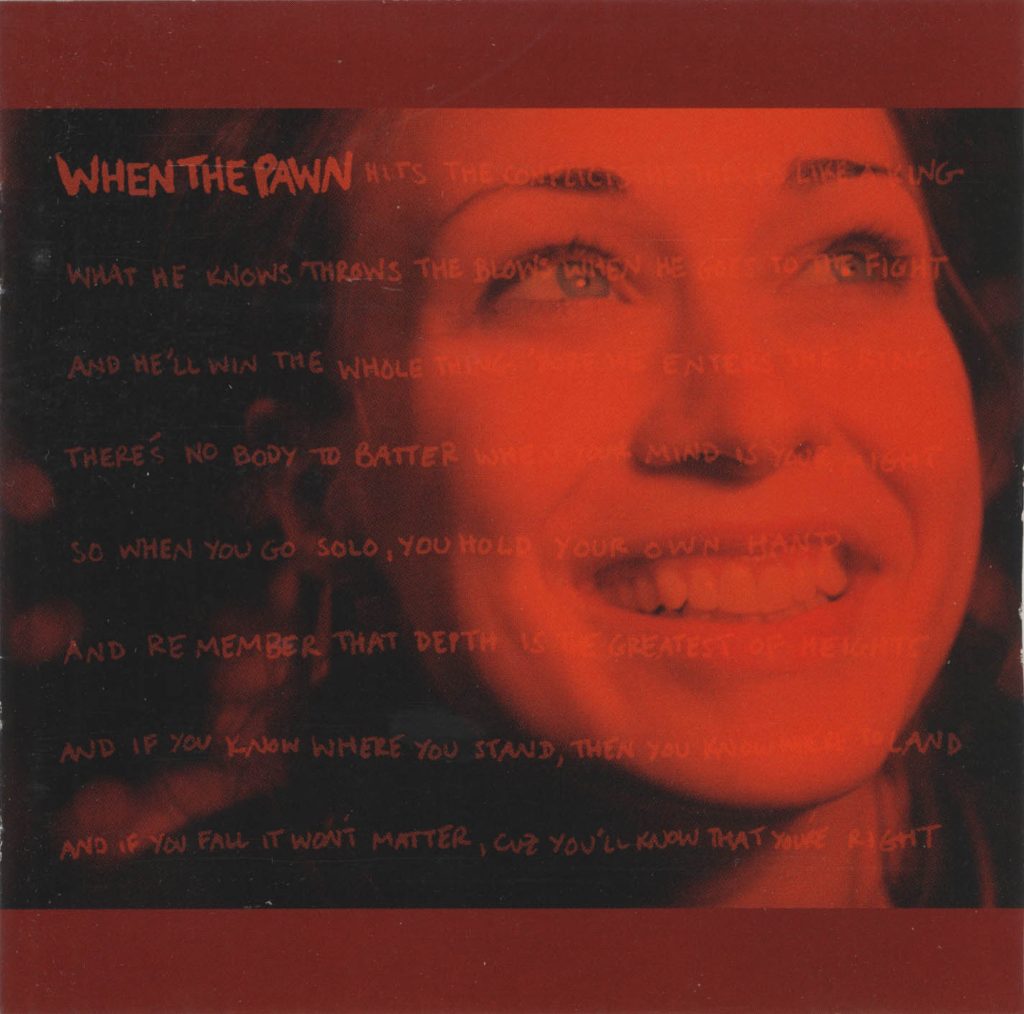
49
In his write-up for Fiona Apple’s 1996 debut, Tidal (#95), my colleague Glenn essentially argued that Apple’s arrival in the nineties signaled the emergence of what could be called a “generational talent” – akin to Nina Simone in the sixties, or Kate Bush in the eighties. Yeah, that tracks. But her initial arrival was met with a heavy dose of skepticism: was this preternatural talent real, or authentic? Those questions – often laden with problematically dismissive allusions to her age and/or gender – were conclusively answered with Apple’s sophomore album, 1999’s When the Pawn…. Sure, there were some who mocked its ninety-word title – a poem that she had written in response to her treatment in a 1997 Spin cover story – but Apple would ultimately get the last laugh. After all, she had the closest thing in years to a consensus “album of the year” with 2020’s Fetch the Bold Cutters, and I just had to do a Google search to see if Spin even exists anymore. For what it’s worth, they do. And guess what their pick for last year’s best album was. –MR
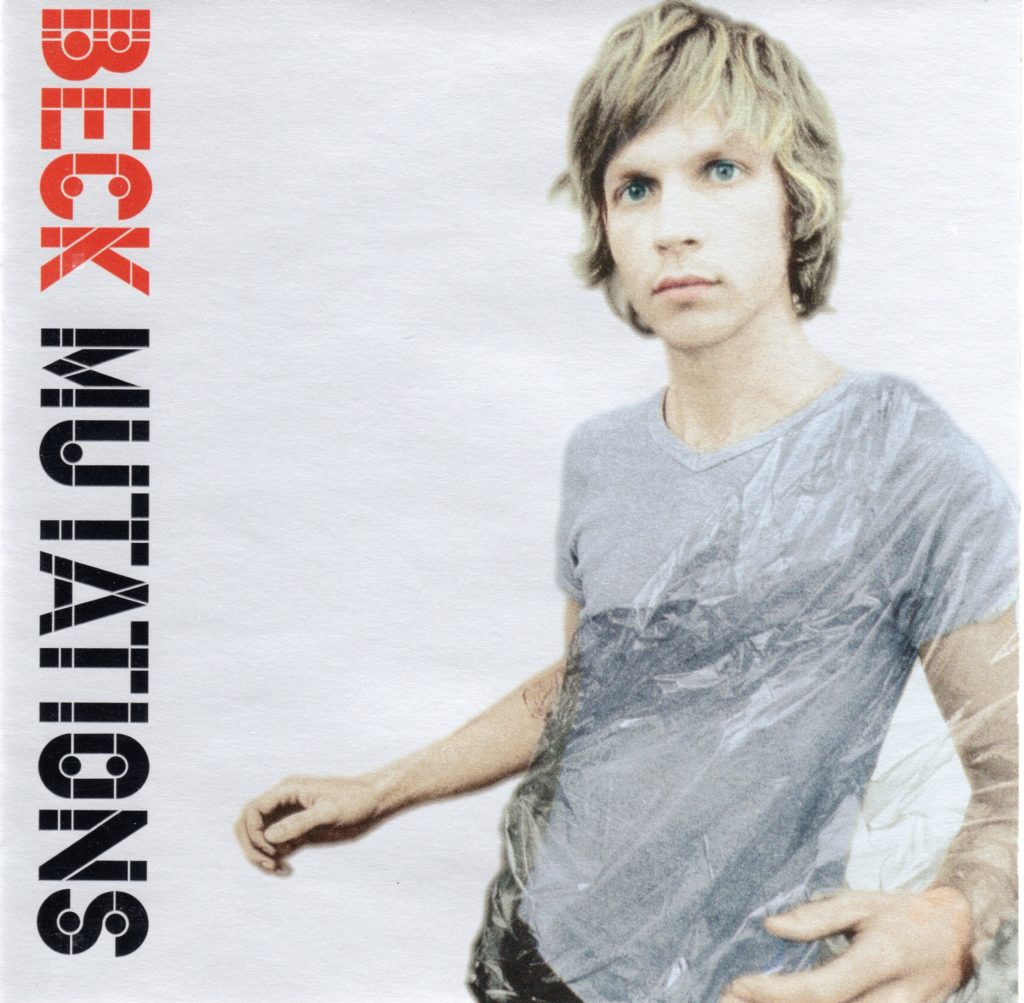
48
I think it’s safe to say that, prior to Mutations, you could have described Beck as a folk weirdo, a noise weirdo or a hip-hop weirdo (depending on the albums you were familiar with). It’s not that his stuff was all that weird, I just mean it was a little wacky. A little off-kilter. Just not exactly normal. That all went away for a while in 1998. Mutations was the most normal-ass thing Beck had ever put out up to that point. And while that might sound like a bad thing, in Beck’s case it was a chance for him to reveal a sincerity and craftsmanship that had been previously obscured by all that wackiness. I love “Satan Gave Me A Taco” as much as the next guy, but give me “Lazy Flies” over that song any day of the week. Mutations is very grown-up, but not in a complete bummer sort of way. It’s a little sad at times, sure. But it’s also a little jubilant and a little rowdy. It’s sincere but not a chore. You don’t have to be in a “mood” to listen to it. If you’re looking for a dance party, look elsewhere. But if you want a brilliant dose of normal, Mutations is just about perfect. –TRN
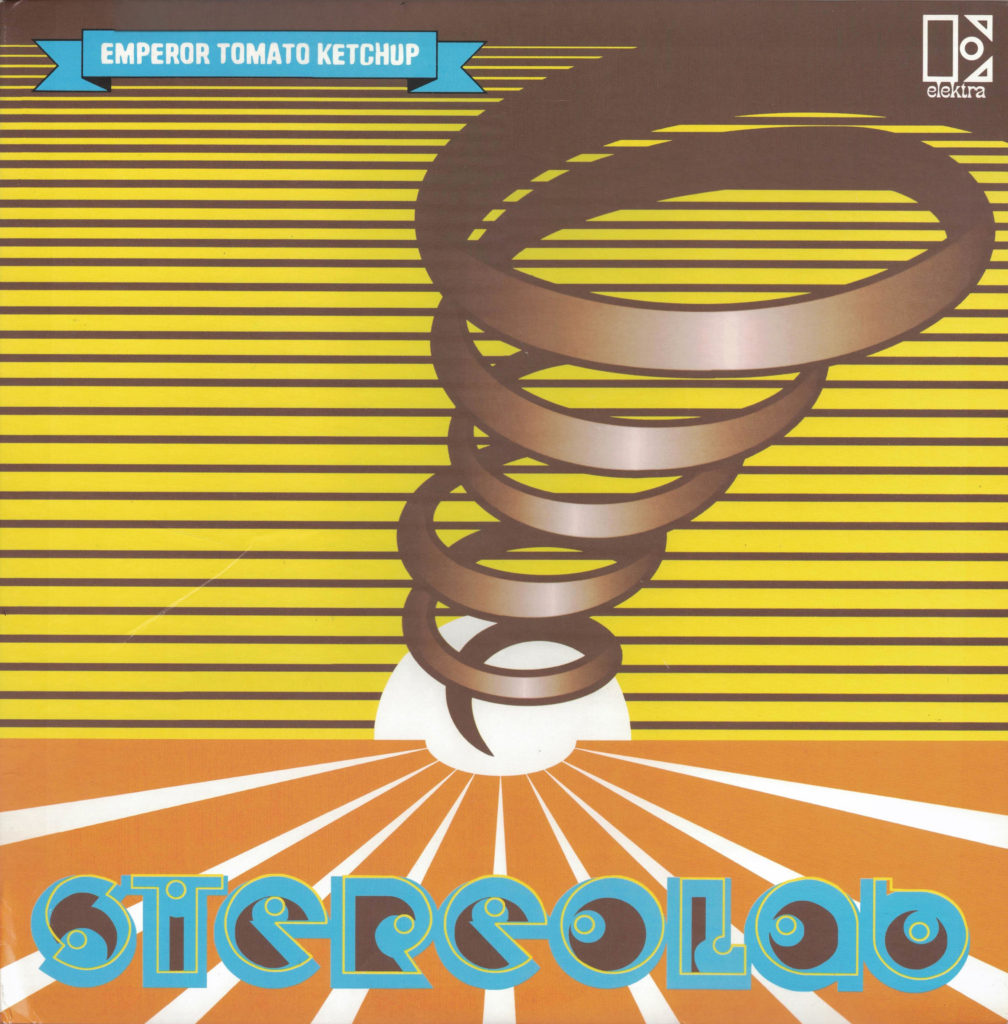
47
There are a lot of bands who are unfairly taken for granted. The primary causes of this tend to be longevity, consistency, and humility – all three are qualities of which Stereolab possess in spades. From the outset of their career, the eclectic “groop” with multi-national origins were innovators, but in the mid-nineties, they settled into a sound that was so perfectly refined – equal parts classic and trailblazing – that it became a new standard for enlightened “easy listening.” To many, the band would reach its pinnacle on 1996’s Emperor Tomato Ketchup, an album that sanded off the semi-abrasive edges of their earlier work, and re-contextualized Stereolab as the epitome of hip, nineties tunefulness. –MR
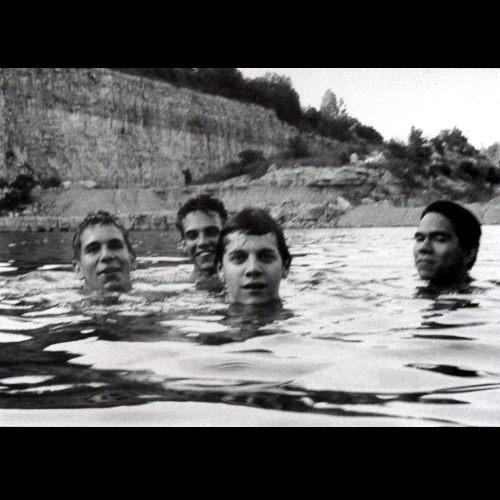
46
One of my personal problems with music throughout history is the inherently strict adherence to specific song structures. While some jazz and rock tampered with song forms long before the nineties, Slint’s final album, Spiderland, may be one of the finest examples of an album that throws traditional song structures out the window. Sometimes frustratingly obtuse – but never “difficult for the sake of being difficult” – tracks like “Breadcrumb Trail,” “Nosferatu Man,” and “Good Morning, Captain” contribute to one of the holy grails of post rock, and one of the most refreshingly unique albums of all-time. –RG
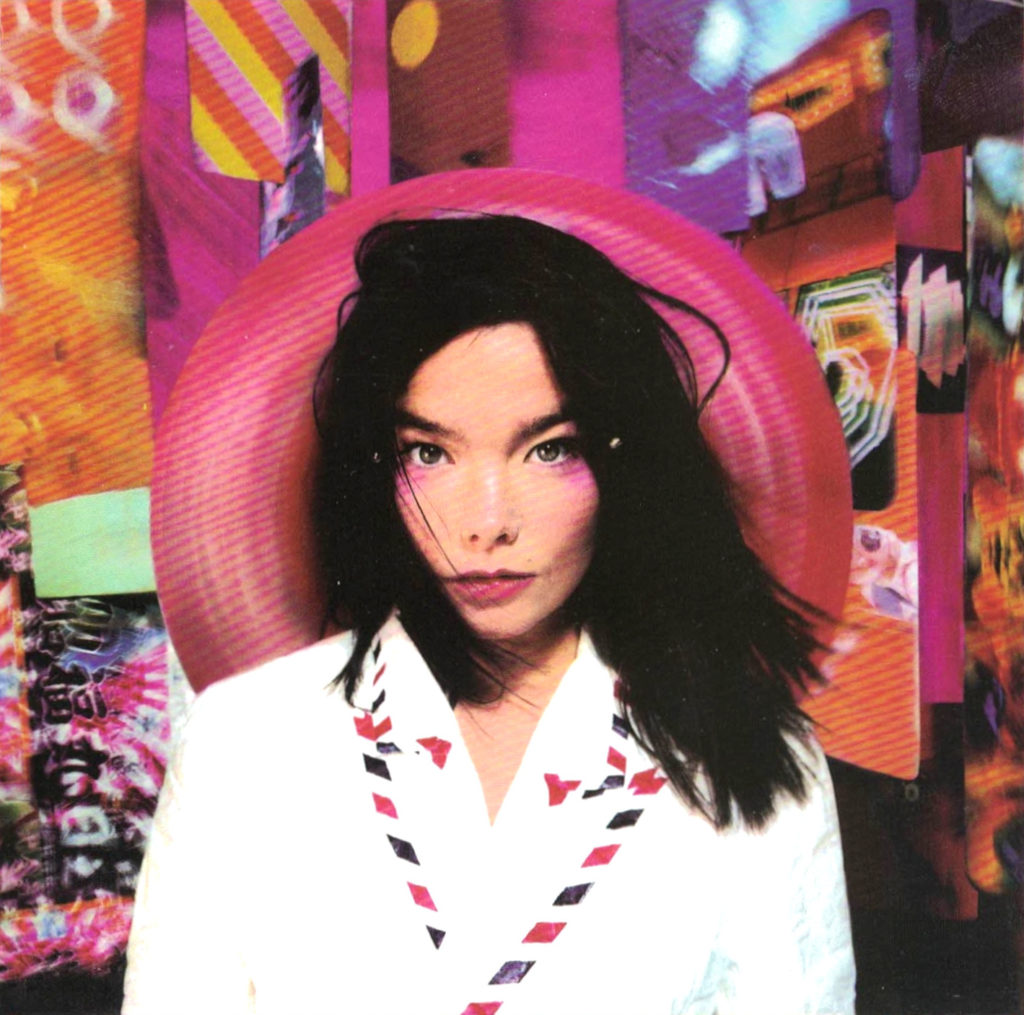
45
Björk’s second album, Post, came two years after her first solo release, Debut, and laid the blueprint for the restless avant-garde sound that would continue throughout her career. In 1995, a year dominated by grunge rock superstars, Britpop, and Alanis Morrisette, Post stood out. It combined classic melodies – including what may be her biggest hit in a faithful cover version of “It’s Oh So Quiet” – with impressionistic lyrics and thoroughly modern electronic production that reflected Björk’s recent move from her homeland of Iceland to London.
Although the album is compelling and nearly flawless from start to finish, “Hyperballad” stands out as perhaps the pinnacle of Björk’s career. On top of timeless electronic production and melody, Björk’s lyrics use the story of a woman’s daily trek to the edge of a cliff (where she screams and ultimately contemplates suicide all before her partner wakes) as a metaphor for the day-to-day challenges that come with modern relationships. Post was not only one of the finest albums of the nineties, but an indication that Björk was one of the decade’s most important artists for those looking to explore the more adventurous and experimental side of popular music. –TK
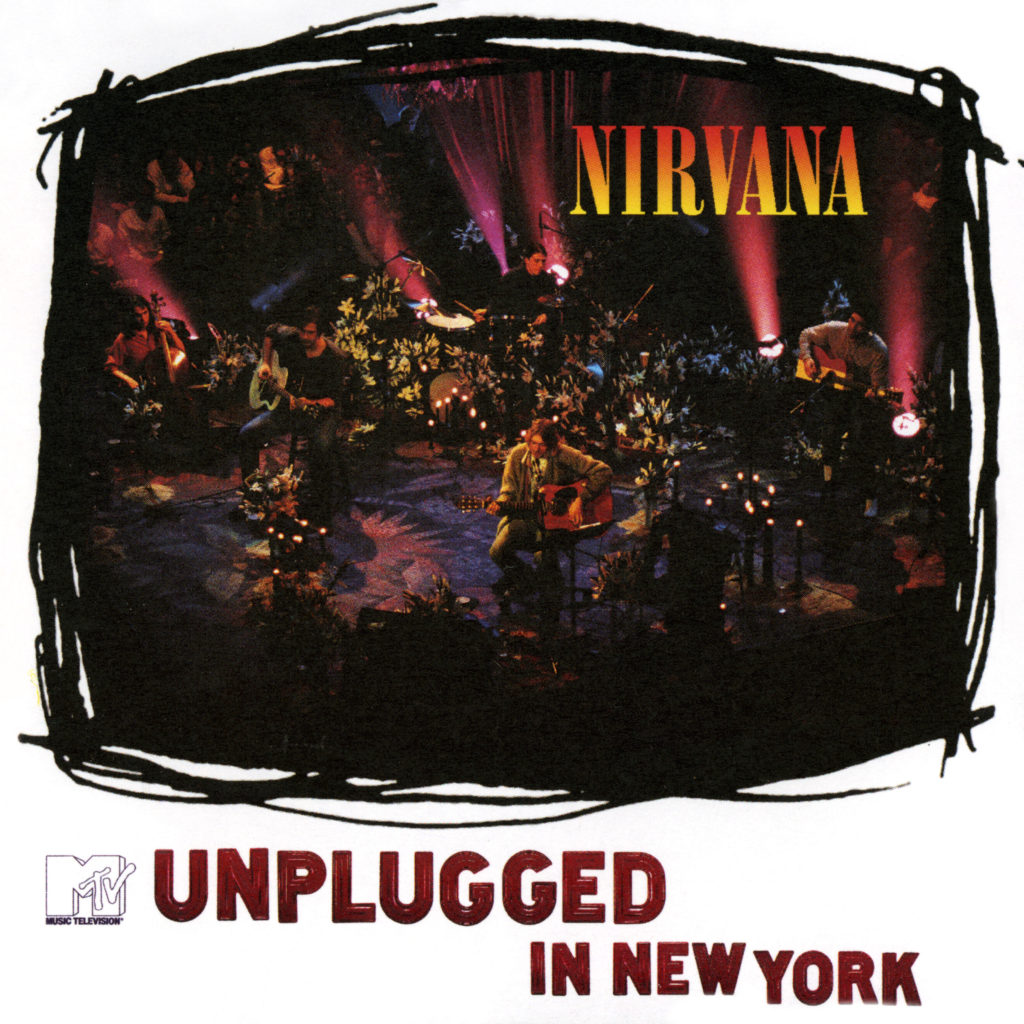
44
Best experienced by watching the MTV special, Unplugged in its album form may at first seem underwhelming when compared to Nirvana’s studio counterparts. But after repeat listens, you come to realize that this collection of sloppy covers and distortion-less versions of mostly overlooked originals shows what made Nirvana, and especially Kurt Cobain, so great. The versions of “About a Girl,” “All Apologies,” and “Something in the Way” especially show just how much care was put into the writing, in emphasizing elements that the studio versions don’t necessarily capture. As a loner music nerd in high school, I came to love this album that captures the most famous loner music nerd in their most vulnerable light, and once you see that, nothing in Nirvana’s discography can quite compare. –RG
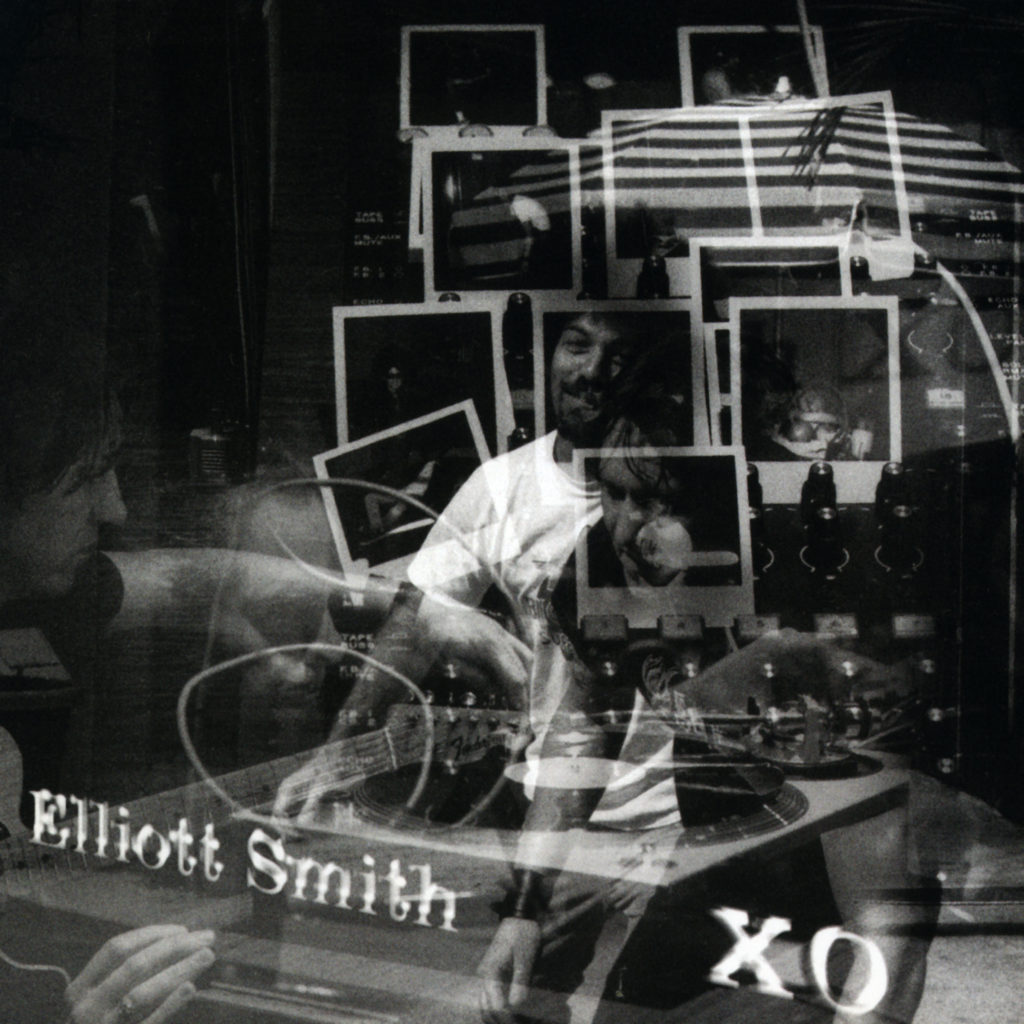
43
I write this on the 18th anniversary of Elliott Smith’s death. For the sake of disclosure, his death date in 2003 was the first time my then-girlfriend (now wife) saw me cry. I started playing music in Portland in the late-90’s, before it became the twee indie rock hipster mecca that it is now. Back when Burnside still smelled like the moist yellow fog oozing out of the Henry Weinhard brewery, and before the gutter punks at Pioneer Courthouse Square all got jobs at Sprouts.
On September 11, 1998, my friend Taylor and I skipped our afternoon classes to go see Elliott play a pre-release show for XO at Music Millennium. We got there early and were issued wristbands, then browsed. Elliott walked in with his guitar case and bumped into me while I was standing at the counter. I was too starstruck to say anything but, “excuse me” – even though he was the one who did the bumping.
Everyone was ushered out onto the sidewalk to get back in with wristbands, and then we all sat around on the floor in a big carpeted circle while Elliott played, sitting on a chair, only slightly higher up than his audience. I steadfastly concentrated on his left hand, taking mental notes of song chords, as he played those incredible songs. This lives on as one of my favorite Portland memories. The audience sat in rapt attention. No one shouted out requests in between songs or talked. The only real conversation during the show was between Elliott and a man standing with a cane, who he addressed as “Mr. Wormwood.”
But if these were sparse, black-and-white performances of the album’s songs, the recording itself was like the burst of technicolor of arriving in Oz. Before XO, Elliott’s albums were all centered on acoustic guitar and sparse production. There may not have even been an entire drum kit on any pre XO songs. There were hints of larger intentions (such as “Pictures of Me”), but overall, those first three records were quiet and intimate. Understandingly, the press made endless and unimaginative comparisons to Nick Drake.
Suddenly, with XO, and Dreamwork’s budget, Elliott had a vast studio at his fingertips. No, Elliott wasn’t Nick Drake. He was The Beatles! All of them, wrapped into one, playing every instrument and recording layers upon layers of lush harmonies. How could you not fall in love with the crescendos of “Sweet Adeline,” and the pure pop of “Baby Britain”? “Waltz #2” is a masterpiece. No one else could have written it, except maybe Revolver-era McCartney. “I Didn’t Understand” and “Pitseleh” alone did more heartbreaking than Tom Petty’s band ever accomplished.
I will admit that I feel the record has a couple of clumsy songs. “Amity” feels jarring within the album’s larger context, and “Question Mark” wasn’t helped any by that saxophone break. Nonetheless, XO is a triumph. It documents the first broad, bright strokes of a genius who, to me at least, embodies Portland more truly than any overrated doughnut dive ever will. –MM
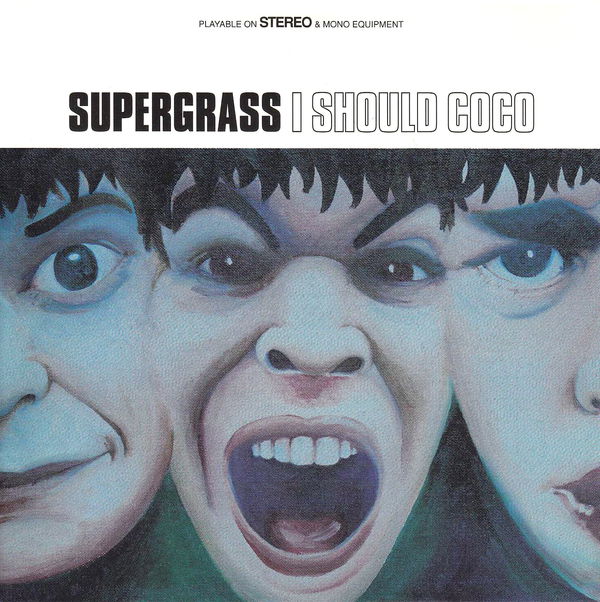
42
Formed in 1993, Oxford group Supergrass would crash into the Britpop scene, following their signing with Parlaphone in 1994. “Caught by the Fuzz” – the song that originally caught the attention of EMI execs – along with follow-up single “Mansize Rooster,” would set up Supergrass’ debut to be a major hit. But nowadays, I Should Coco, is criminally overshadowed by the works of groups like Oasis, Blur, and Radiohead. It’s hard to understand why though, as along with the aforementioned tracks, songs like “I’d Like to Know,” “Alright,” and “Lose It” add to one of the most energetic – and fun – albums of the nineties. –RG
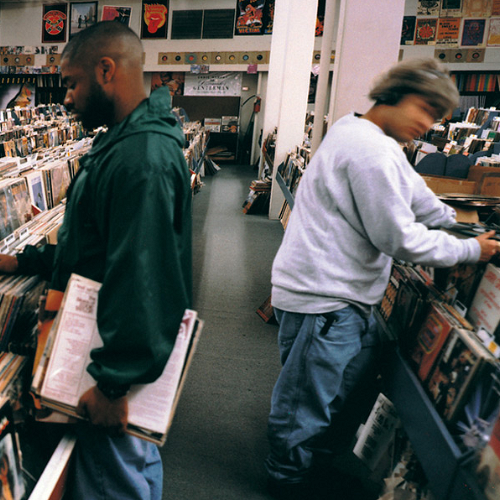
41
While the Jeopardy answer to the clue “90s Hip-Hop DJ” might more likely yield “Jazzy Jeff” rather than “Shadow,” it’s remarkable how the responses reveal such a chasm of sound. You’d expect to hear the former on the MTV Spring Break MegaMix, while the latter is more suited for your basement. With headphones. And if you’re reading this and that basement headphone experience sounds like the less appealing option, this album was not made for you. Josh Davis (aka DJ Shadow) crafts a sample-based instrumental album made more for introverts than extroverts. And while your local DJ-for-hire will certainly not work anything from Endtroducing into your next spring break house party mix, the essential album is a tribute to vinyl culture that takes listeners on a basement-worthy journey through breakbeats and waxy oddities, in a mesmerizing tour that transcends the label “90s hip-hop.” –GK
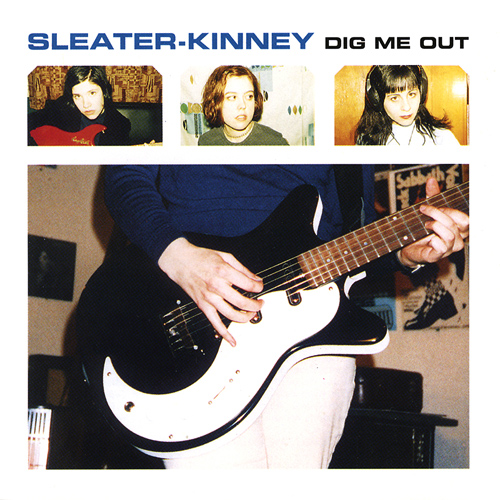
40
Before they moved to Portland and got kids, matching Subaru station wagons, and sketch comedy shows, long before Janet quit, Sleater-Kinney were angry feminists screaming in the space created by their angular twin guitar attack. They didn’t sound like anyone. They roared and pounded and wailed and rocked harder than the entire sea of pasty, flannel-wearing dudes who were their contemporaries. And they were glorious. Dig Me Out remains their starkest demand, and the best starting point for understanding the career of an absolutely essential rock and roll band. –MM
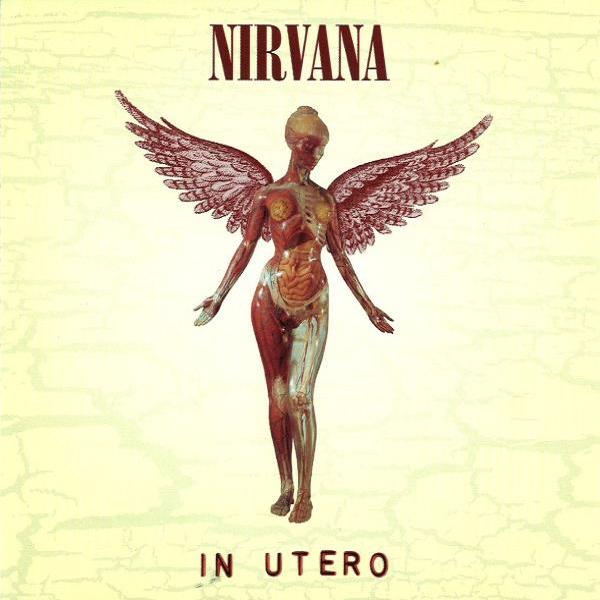
39
Rumors has gone down in rock and roll lore as the sound of a band splintering. Forget that garbage. In Utero is the sound of the biggest rock star in the world unraveling, publicly and loudly. In a sick way, it is a triumphant statement of defiance to the corporate music world that fed and enabled it. At its heart are The Beatles melodies that Kurt Cobain was raised with, and was so gifted at breathing life into, but around those melodies are all the punk rock fury of a generation emerging from drum machines and gated reverb. In Utero is the “blanket acne’d with cigarette burns” from “Radio Friendly Unit Shifter.” As the last notes of “All Apologies” fade, we are all left with the immutable ashes of addiction, mental illness, and suicide, and the painful realization that we can’t trade the universe some of our extra Vedders for a few more Cobains. –MM
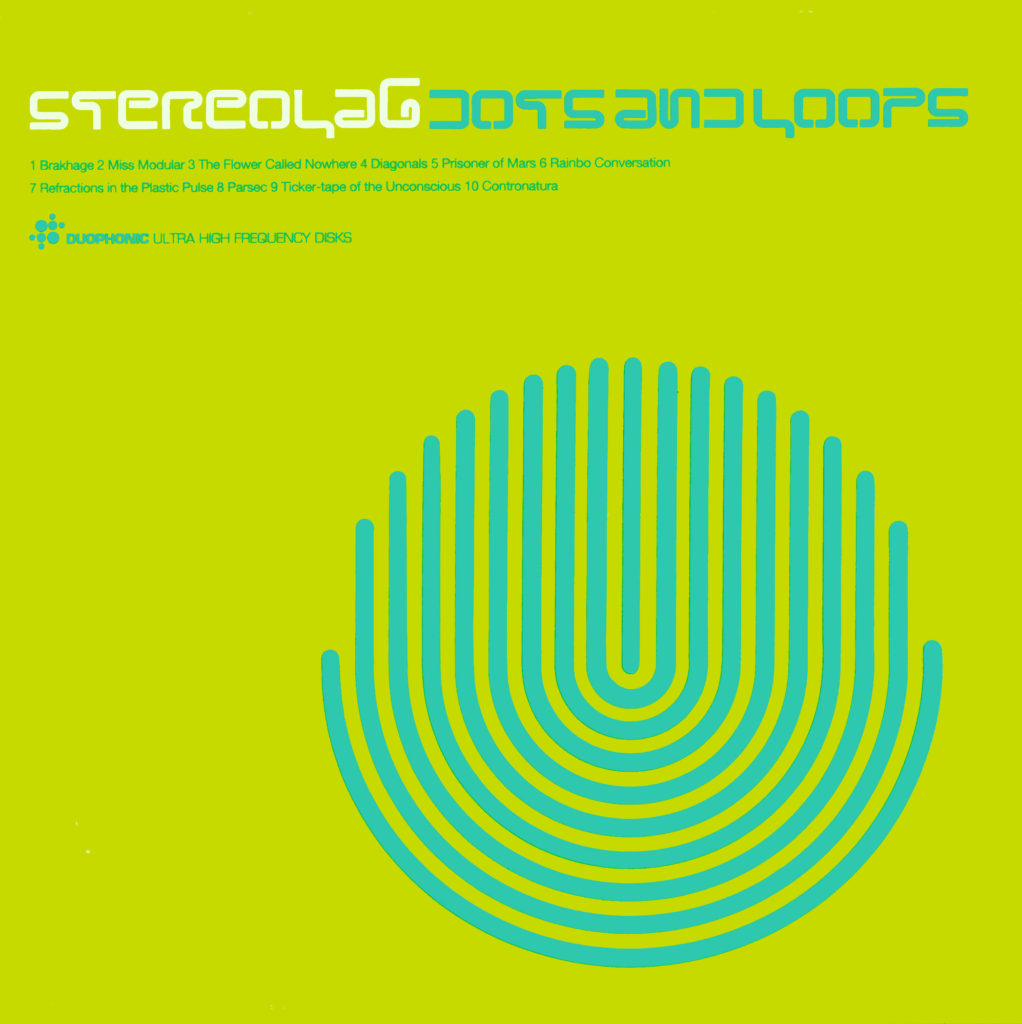
38
While Emperor Tomato Ketchup (#47) has long been held up as Stereolab’s apex, time has been extraordinarily kind to its follow-up, 1997’s Dots and Loops, to the point of where it has arguably become the band’s most beloved record. Taking their “Space Age Bachelor Pad Music” to a whole new level of refinement, Dots and Loops is a treasure trove of warm melodies and infectious beats – one that reignited the “kitsch vs. cool” debate for a whole new generation. –MR
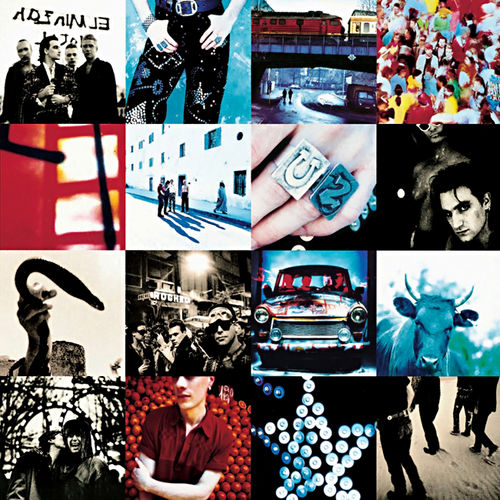
37
As with most middle-aged white guy Gen-Xers, I have a “love/hate/do I have to?” relationship with U2. An entire generation caught up with the landscapes of the late-80s juggernaut The Joshua Tree also feasted on this stroke of electrified earnest angst in 1991. Then, the angst mellowed and we were left with follow-up releases throughout the 2000s, searching for the same stroke of greatness from our once-favorite band. Eventually, the earnestness just became unbearable. So, what do we do with this height of U2’s output? We listen. We have to admit it’s good. –GK
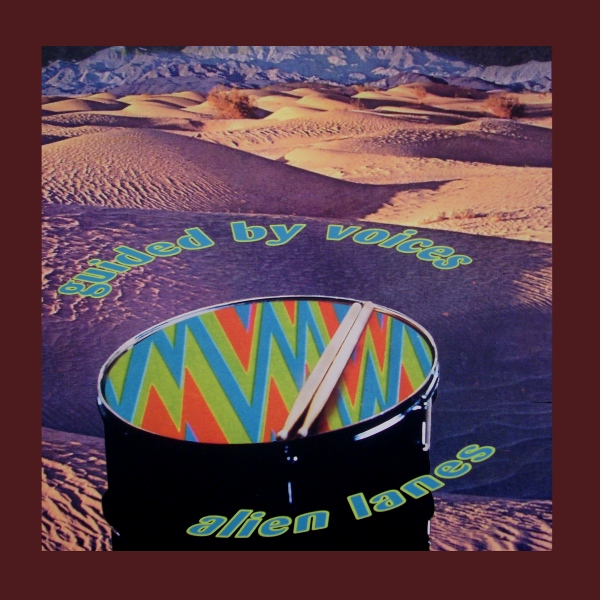
36
Who gets to define the cultural significance of something? How can a candy wrapper hold more significance than a painted masterwork? An argument could be made that the discovery of an Indian shooting an arrow through the star on a Tootsie Pop wrapper holds more significance for more people than two-thirds of the masterworks in the Louvre. In case it’s not obvious, Guided by Voices is the candy wrapper in this metaphor.
Alien Lanes is a transient work. One gets the feeling that it’s not meant to stick around, to exist longer than the roughly ninety seconds allocated to each track. And yet here we are, talking about it in the top forty. GBV is at once a band easy to classify, but incredibly difficult to define. They are a series of hooks and ear worms, throw-away lyrics and lo-fi sounds. Alien Lanes – maybe even more than Bee Thousand and Propeller before it – jams its foot in the door and refuses to go away. Initial standout tracks like “Blimps Go 90” and “Game of Pricks” kick that door wide-open, and before you know it, you find yourself humming “My Valuable Hunting Knife” and asking people if they know “what the deal is, dude?” How does this happen? And why don’t I mind? –GB
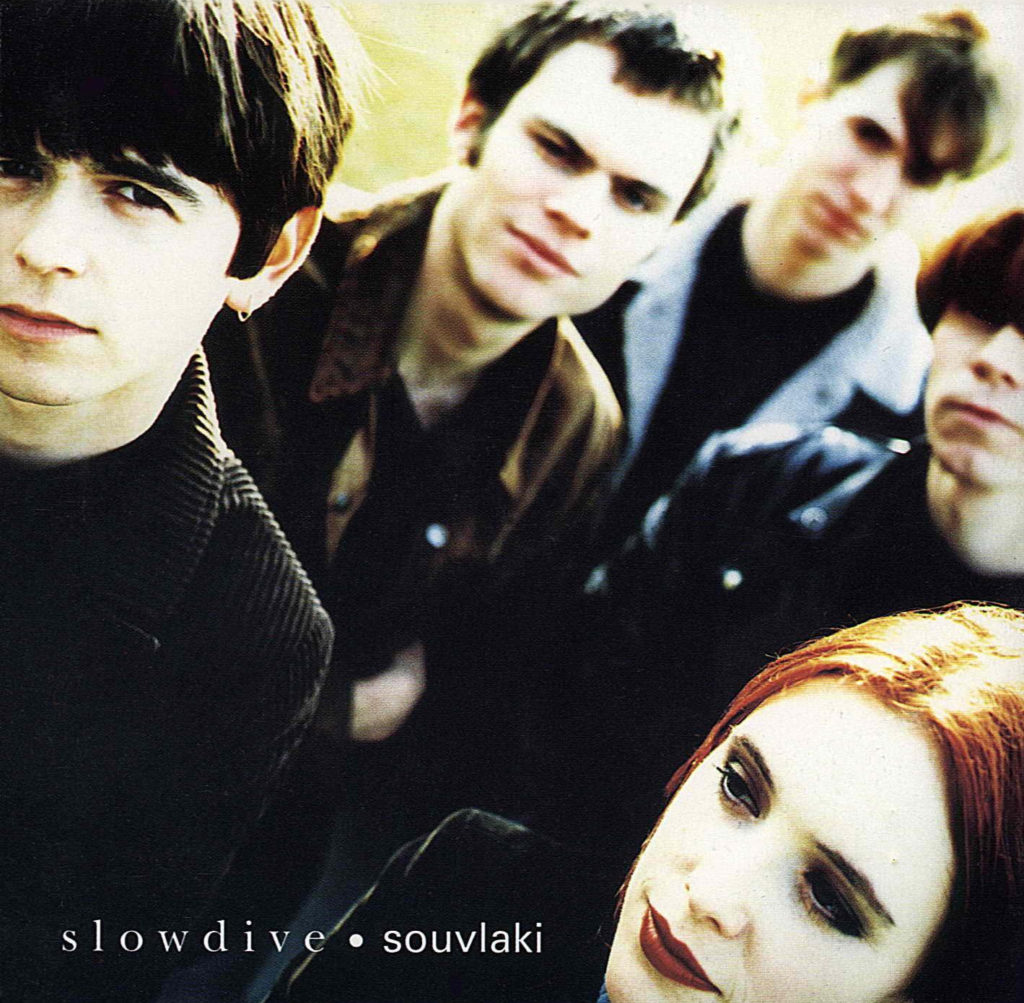
35
Like Ride and My Bloody Valentine before them, Reading’s Slowdive added their own masterpiece to the shoegaze canon with 1993’s Souvlaki. Whereas those band’s crowning achievements were inextricably linked to the highly-stylized sound of the scene, it’s not impossible to imagine Soulvaki‘s best tracks being plenty effective with just the bare-bones accompaniment of a solitary acoustic guitar (in fact, one of them essentially is). The thing is, when paired with the “wall of sound” that defined the genre, those best moments become nothing short of breathtaking. While all shoegaze roads rightfully lead to Loveless, they unquestionably must stop here along the way. –MR

34
One of the most distinctive debut albums of all-time, Portishead’s Dummy essentially crafted a new landscape for electronic music on its own. I mean, sure, there are obviously influences and input factors, but Dummy seems to operate in a heretofore non-existent language. Mixing elements of hip-hop, jazz, and film noir into an intoxicating blend – and driven home by the icily compelling vocal work of Beth Gibbons – critics threw it into the nebulously-defined “trip hop” scene. While that may have made sense on some kind of superficial level, Dummy was something altogether unique. It was a landmark – one that felt so in real time. –MR
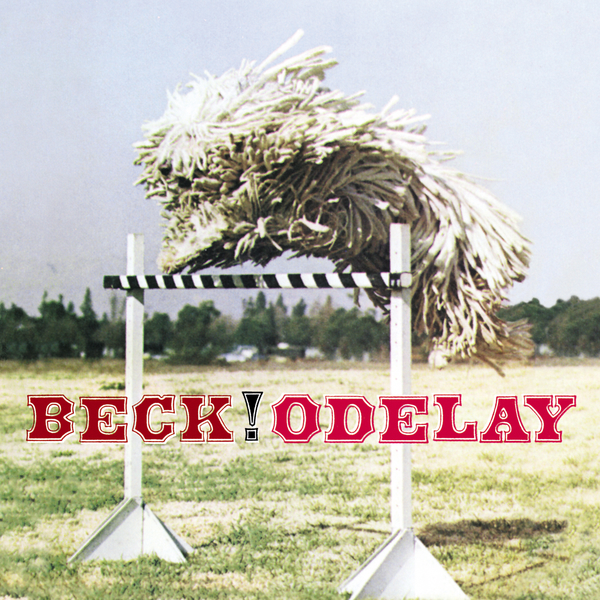
33
How do you categorize this album? I mean, it’s a hip-hop album, I guess. Sample-heavy. Samples of country, jazz, funk, sixties pop, the list goes on. It’s… alternative. It’s anti-folk. It’s laced with self-deprecating satire and insensible psychedelic lines. It’s endearing. It’s, well, Odelay.
Beck’s career careens like a sea change flowing through descriptors like folk rock, alt-country, Tropicalia, and funk pop. And while this reviewer will applaud several of Beck’s varied stylistic offerings, it’s hard to deny that Odelay is his high water mark. –GK
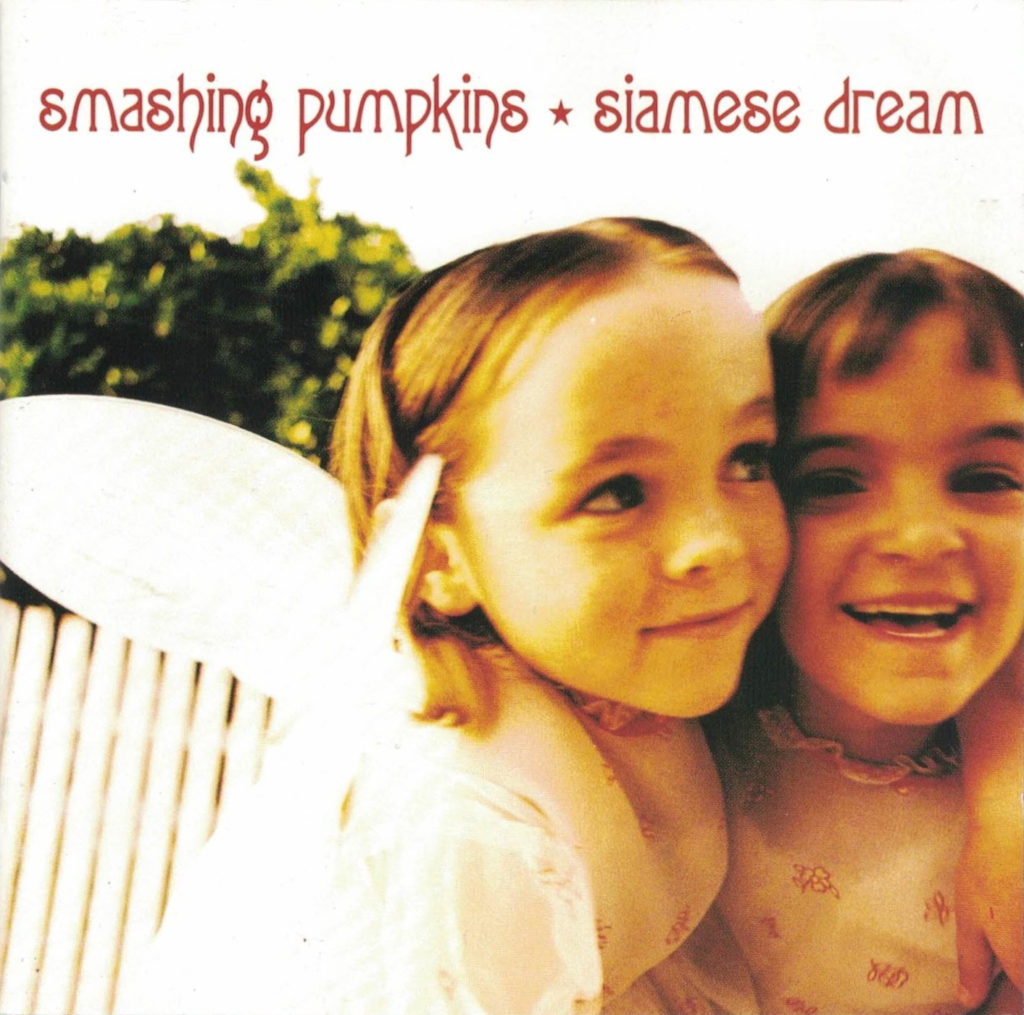
32
Oh, Billy Corgan. Why must you retroactively sully the purity of my most cherished adolescent memories with your bloviating pretension and carousing with democracy-threatening conspiracy theorists? Can’t we just have those early years? The ones in which you melded the spirit of a post-Nevermind landscape with the unchecked ambition of rock and roll’s so-called “golden age”? I’m willing to chalk Mellon Collie and the Infinite Sadness (#60) up to nostalgia, but please, quit before the wonderful album that I earned by eking out a ‘B’ in my freshman year algebra class is forever compromised. –MR
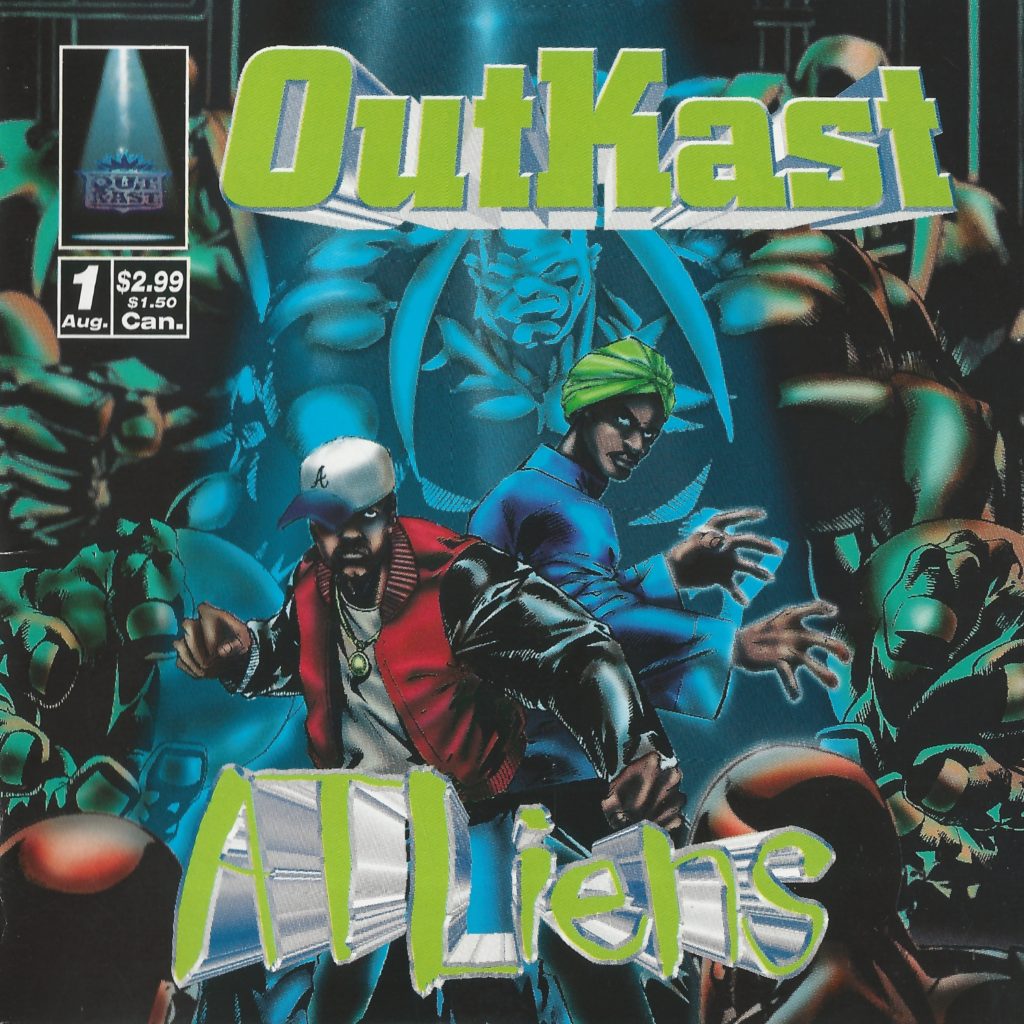
31
While OutKast’s debut, 1994’s Southernplayalisticadillacmuzik, showed the Atlanta duo’s early struggles in trying to find a unique sound, 1996’s ATLiens shows that André 3000 and Big Boi had clearly cemented their own unique place in the soundscape of rap by the time of their sophomore release. Groundbreaking singles like “Elevators (Me and You)” and the title-track not only show how much the production of OutKast had developed in just two short years, but also how much stronger the narrative-based songwriting and commanding performances of the pair of emcees had become. –RG
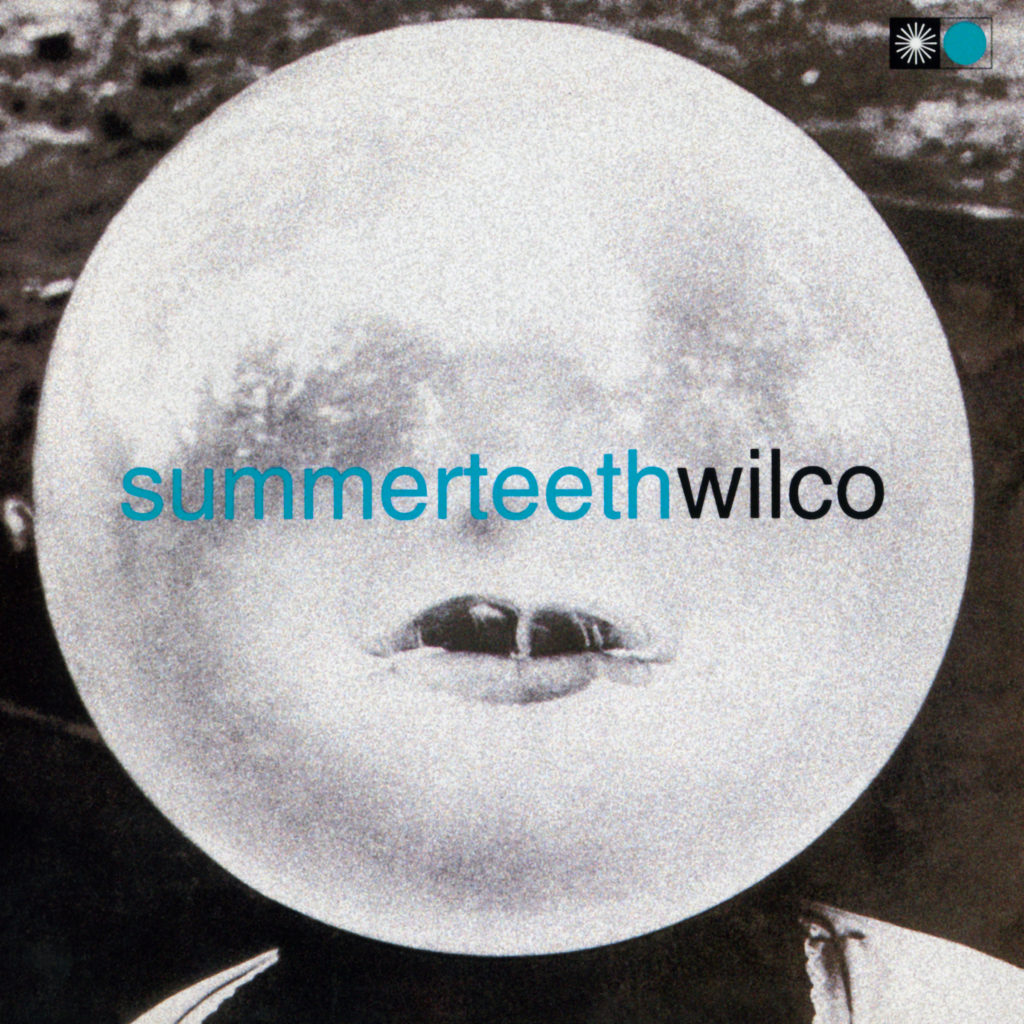
30
Yes, Yankee Hotel Foxtrot is great. But Summerteeth is my favorite Wilco album. I’ve already declared my love for it on the Strange Currencies Podcast, but suffice it to say, Jay Bennett and Jeff Tweedy strike a magical tension-filled chord with layers of studio trickery to craft a beautifully disturbing romp through a chamber popped summer. This is the shot in the arm that you need when you’re feeling sad and happy all at the same time. –GK
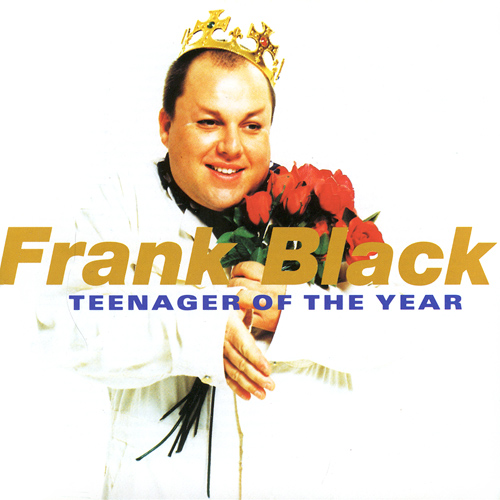
29
Traditionally, in the United States, a teenager may simultaneously be a “legal” adult for a single period, not to exceed twenty-four consecutive months, and void upon the twentieth anniversary of one’s birth. It’s a transitional phase, a state of being both a kid and a grown-up, despite not feeling like either one. It is the thing I was when I discovered Teenager of the Year – an album that exists in a liminal, interstitial place of its own.
We have the benefit of long hindsight here: imagine charting the man born Charles Thompson’s creative output onto a graph, beginning with the Pixies, up through….well, the Pixies. Zoom out far enough, and Teenager becomes the pivot point away from the feral, sometimes otherworldly sounds that came before, and towards something much more familiar and terrestrial.
Zoom back in and you get this wealth of gleaming power pop that sounds the way polished chrome looks, firmly anchored with guitar heroics – but not overwhelmed by them – with a lot of soulful things going on in the ballads, even if these are bookended by punk stompers and various tales of weird science and military conspiracy theory. Many of my formative memories of this album also involve hucking brown plastic Taco Bell trays from the window of an even browner Toyota that was usually on fire at any given moment. But it sounds just as good on the way to work today. Even if that whole “Islands of Phoenix” thing never came to be. –JL
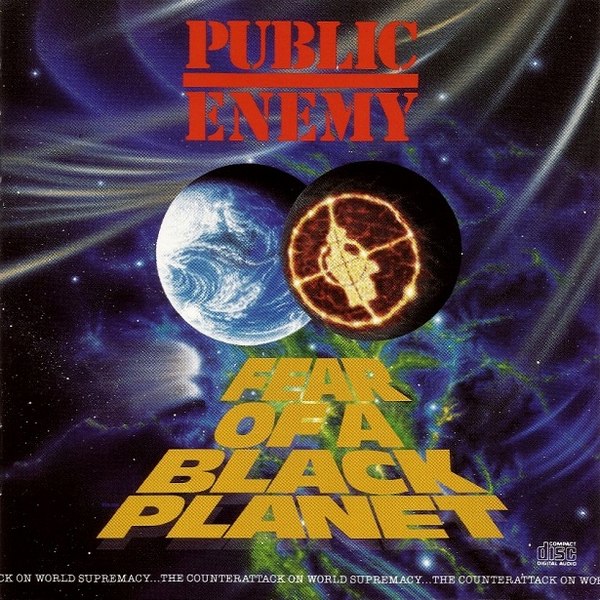
28
Imagine having to follow up It Takes a Nation of Millions to Hold Us Back – perhaps the most important rap album of all-time. Imagine having to retain the power of your previous work, despite the fact that culturally ignorant critics on both sides of the political spectrum were waiting, with teeth bared, for you to slip up. Imagine having the commercial viability of a still-embryonic genre resting on your shoulders. Imagine facing all of those obstacles, and still absolutely fucking nailing the landing. Rare is the album that faces such immense pressure to succeed. Even rarer is the album that actually does. –MR
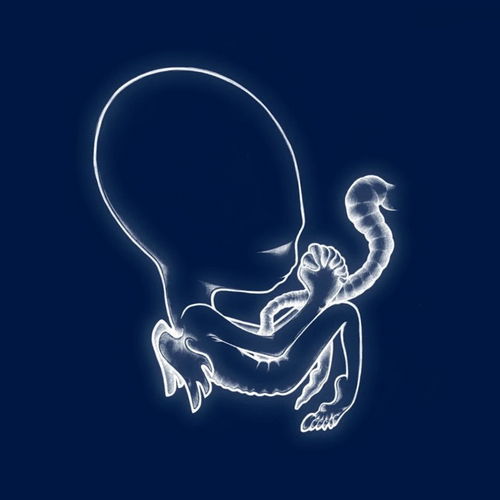
27
On paper, it doesn’t seem likely that an album of ten-minute long songs from an Icelandic post-rock group with droning androgynous gibberish could be considered a game changing album. Wait. I just reread that sentence description. Sign me up. I’ll take some of that. That sounds lovely.
Thanks to the cover design of the alien fetus, I’ve always heard the first track of this glacially-paced masterpiece as a heart monitor beaconing through the embryonic opening. I want to cuddle up in a cocoon and swaddle myself in the memories of…wait. I just reread that sentence description. Gross. Let’s just go with “game-changing post-rock masterpiece.” –GK
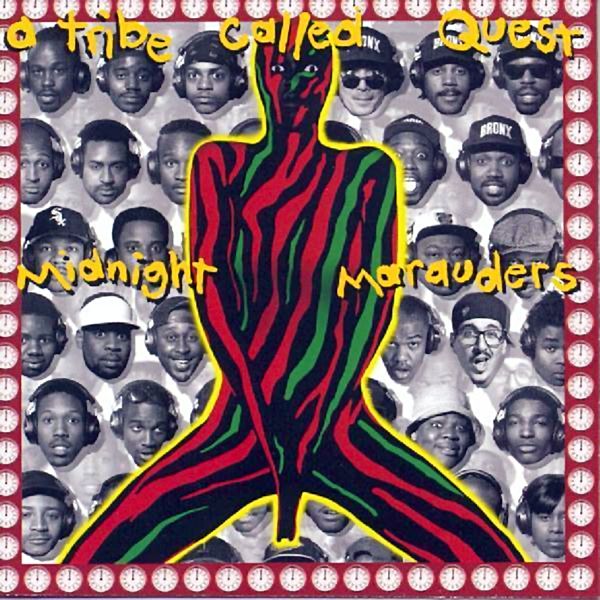
26
Fresh off of their masterful sophomore album, The Low End Theory, New York hip-hop group A Tribe Called Quest followed up with the arguably-just-as-great Midnight Marauders. Much like the album that preceded it, the true star of the show is rapper and producer Q-Tip – whose verses are not only consistently the best of the bunch, but who also propels himself into the highest echelons of rap history with some of the best sample work of all-time. Running off the strength of tracks like “Award Tour” and “Electronic Relaxation” Midnight Marauders built off of the jazz rap sounds of The Low End Theory, while adding an even heavier emphasis on poppy hooks. –RG


